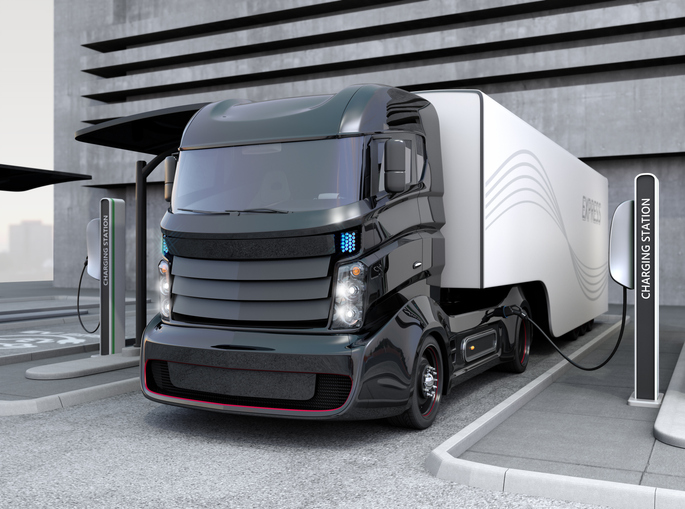Meeting OEM Demands: QA1's Rapid Seat Suspension Development
QA1 Develops Innovative Driver’s Seat Suspension in Record Time

In the world of heavy-duty vehicles, ensuring driver comfort and stability is crucial, particularly when operating for long hours on rough roads.
QA1, a leader in suspension and shock technologies, was recently tasked with developing a cutting-edge shock absorber specifically for the driver’s seat of a heavy-duty truck.

KEY TAKEAWAYS:
- QA1 engineered a custom shock solution for vehicle seats, designed to enhance driver comfort and stability in large, rugged vehicles.
- The solution was developed with a focus on compact size, custom force curve, and remote adjustability – all tailored to the specific requirements of the client.
- Collaborative efforts ensured the prototype was delivered within an accelerated timeline, meeting all specifications for performance and adjustability.
THE CHALLENGE:
When a leading manufacturer of over-the-road trucks approached QA1, they faced a unique challenge: designing a compact, adjustable shock absorber specifically for the seat of a heavy-duty vehicle. The goal was to create a shock that would improve driver comfort by absorbing the vibrations and sudden movements inherent to North American roadways. The requirements were stringent:
- Compact Size with a Custom Force Curve: The shock needed to be small enough to fit within the seat assembly while offering a specialized dampening rate to ensure comfort without compromising on durability.
- Speed of Development: The client required a prototype in a matter of weeks, demanding an accelerated development process without sacrificing quality.
- Remote Adjustability: The shock needed to be adjustable remotely to allow the driver to modify the stiffness of the ride without leaving their seat.
THE SOLUTION:

QA1 tackled the challenge by leveraging its extensive experience in shock design and manufacturing. The process began with an in-depth consultation to fully understand the client’s specifications, including the necessary size/dimensions, force curve, and adjustability features.
- Customized Design and Engineering: The QA1 engineering team adapted some components from an existing shock design. Through modification of internal components, the team created a prototype that was both compact and effective in absorbing seat motion.
- Remote Adjustability Feature: Understanding the need for in-ride adjustments, QA1 engineered a remote adjustability mechanism. This feature allowed the driver to alter the damping from the driving position, ensuring optimal comfort across varying terrains.
- Expedited Prototyping: Given the tight timeline, QA1 utilized its streamlined development process, which included rapid manufacturing processes and real-time testing with the client. This approach enabled QA1 to deliver a working prototype within the specified timeframe.

THE RESULT:
QA1 successfully developed a fully functional shock prototype that met all the client’s requirements.
The remote adjustability feature provided the driver with control over their comfort, making the shock an ideal solution for large vehicles operating in challenging environments.
HOW DOES A SHOCK HELP CONTROL SEAT MOTION?
Using shocks in a seat is a growing  trend. Shocks of various forms are used to control sudden movements. It is now common to find shocks on bicycle, boat, and lawn mower seats, to name a few.
trend. Shocks of various forms are used to control sudden movements. It is now common to find shocks on bicycle, boat, and lawn mower seats, to name a few.
Shocks located on seats are doing the same thing they do in vehicle suspension: they make the ride more comfortable for the driver. Absorbing the motion on the seat itself can allow the vehicle to have a greater range of motion while keeping the driver stabilized and comfortable.
At QA1 we’ve developed/deployed multiple shock-in-seat applications – and even some applications that include full “seat-box” structural support/suspension systems.

